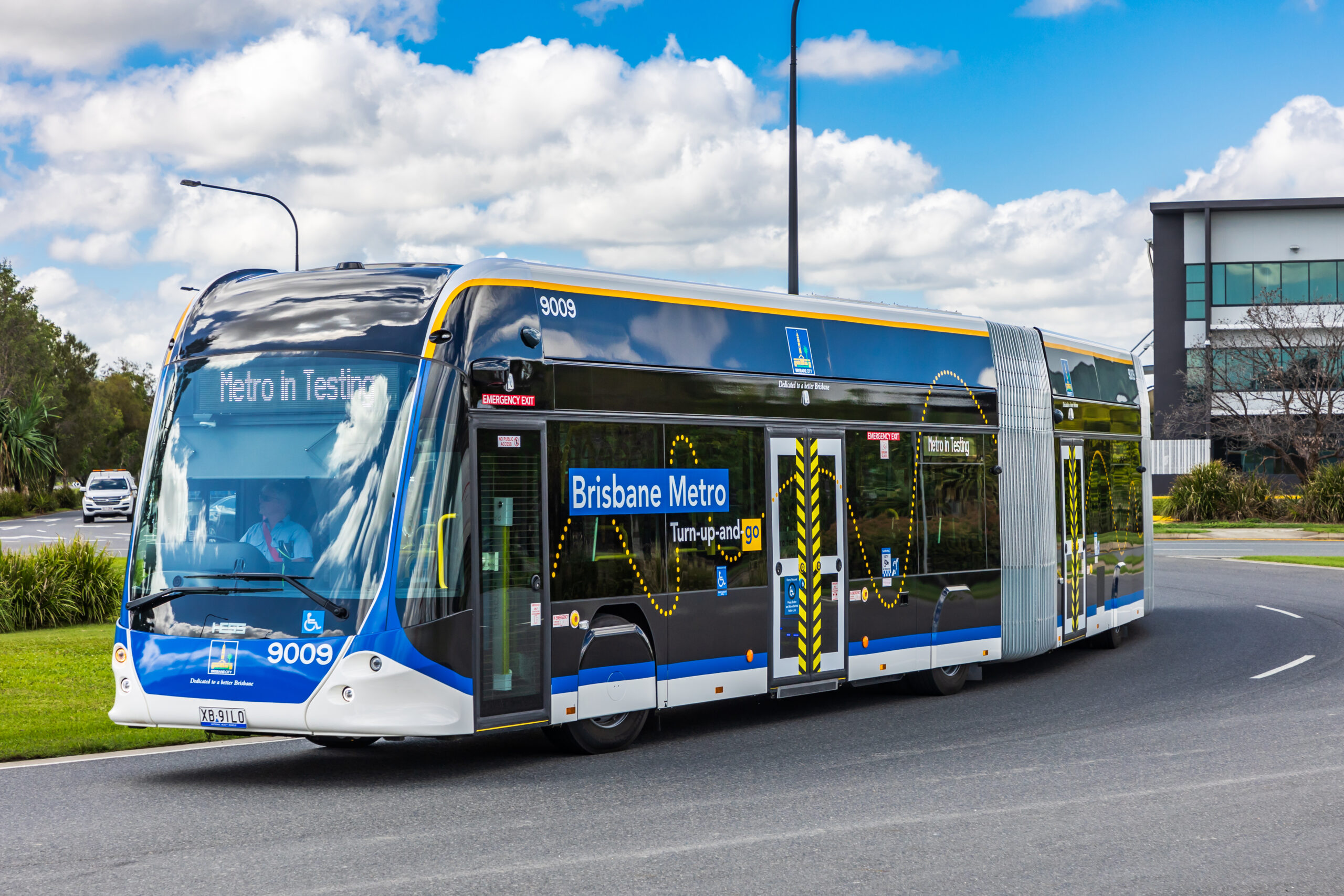
Sign up for daily news updates from CleanTechnica on email. Or follow us on Google News!
While I really like my e-bikes, they have one big problem: steep inclines. With my asthma and not great shape I’m in, I can’t always make it up the steepest hills. And 500-750 watts of assist? That’s not going to help much on steep inclines. This keeps e-bikes limited to mountain bike trails (assuming they’re even welcome), and puts a lot of forest roads, BLM roads, and OHV/dirtbike trails out of realistic reach. Yeah, you can walk the worst segments, but having some more torque to get up those inclines would sure be nice!
But, this is where e-bike rules start to really hamper the situation. To be an e-bike in most states, you’re limited to 750 watts. You’re also limited to 20 MPH for pedal assist only (Class 1), or 20 MPH for throttle (Class 2), and 28 MPH for pedal assist only (Class 3). If your bike doesn’t meet these definitions, it isn’t an e-bike, and might instead be considered a motorcycle. But, lacking a title or certificate of origin and equipment for road legality, getting such bikes registered could be tough to impossible, leaving you only able to ride on private property and maybe some public lands.
The industry isn’t really living by these rules, largely because they’re unrealistic. They were created by spandex-wearing cycling enthusiasts in California and then inconsistently copied in other states, so trying to meet the definition of an e-bike or a certain class of e-bike might not even be possible if you’re trying to sell a bike in all 50 states. So, most manufacturers don’t really try that hard to build compliant bikes. Some e-bikes have much higher top speeds and don’t come with pedals at all.
But, to give a veneer of legitimacy, some e-bikes do come hobbled from the factory to theoretically be a Class 1, 2, or 3 bike. In the case of a Talaria (a fast e-bike that usually lacks pedals, or a slow motorcycle, depending on how you and your state looks at it), the difference between being speed- and power-limited and having 40+ MPH top speeds depends on one thing: whether a little brown wire is intact.
If you were to add functioning pedals to this bike and keep its 20 MPH top speed, it would technically be a Class 2 e-bike. The manufacturer ships the bikes out with the speed limiter to technically be compliant as a Class 2 and not appear to be a motorcycle, at least on paper. But, if you remove the cover and take a pair of wire cutters to that one wire, the full dirtbike-like experience opens up, and to stay legal, you’ll need to see whether an off-highway vehicle (OHV) sticker or registration is needed, but that often comes at the price of not being able to ride it around town.
There are some other creative workarounds. You could splice a switch into the wire, allowing you to ride it around town legally as an e-bike and open it up for off-highway use. It’s also possible to add mirrors, lights, and speedo and register the thing under a Montana LLC to make it street legal as a motorcycle, but that comes with needing a motorcycle endorsement and probably insurance, which drives the cost up.
But really, no matter what paperwork you file or what pedals you do or don’t attach, the bike is the same bike. Instead of serving the public and increasing safety, these regulations have only created hassles that people with a few hundred bucks can legally find ways to avoid, while others can sneak around using pointless complexities in the law.
Instead of continuing with this charade, the United States should really consider something coherent that better serves the public without creating a patchwork of regulations that discourage adopting electric bikes.
Featured image: a screenshot from the embedded video (fair use).
Chip in a few dollars a month to help support independent cleantech coverage that helps to accelerate the cleantech revolution!
Have a tip for CleanTechnica? Want to advertise? Want to suggest a guest for our CleanTech Talk podcast? Contact us here.
Sign up for our daily newsletter for 15 new cleantech stories a day. Or sign up for our weekly one if daily is too frequent.
CleanTechnica uses affiliate links. See our policy here.
CleanTechnica’s Comment Policy



